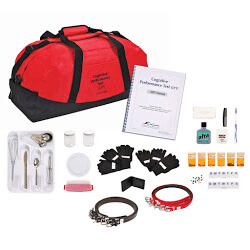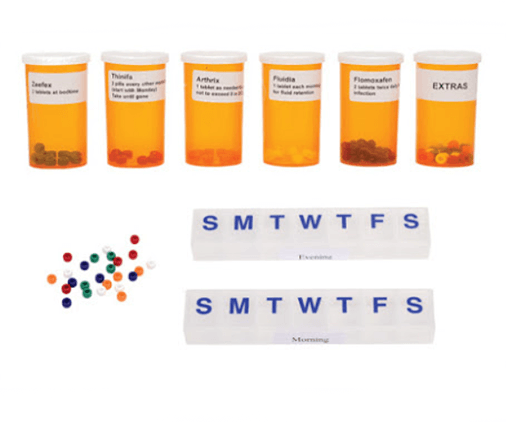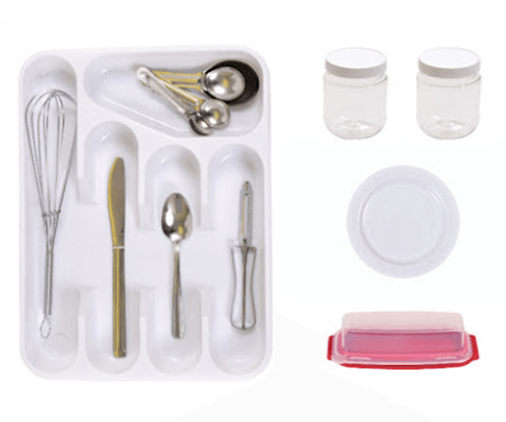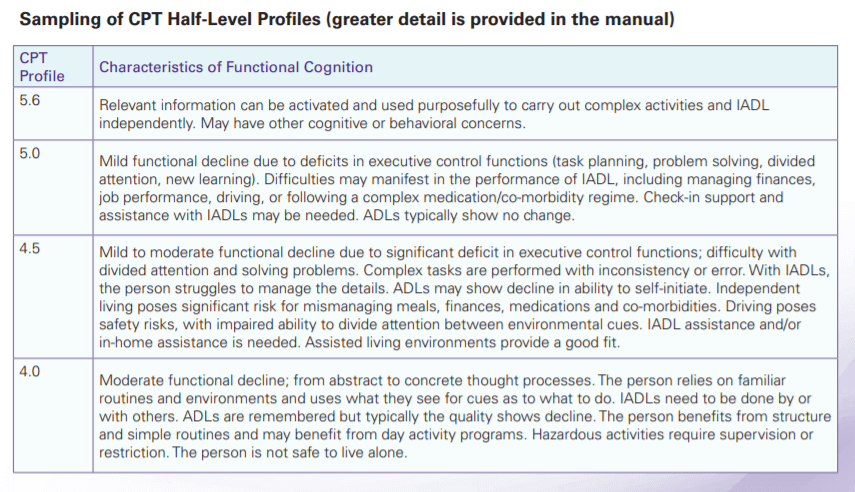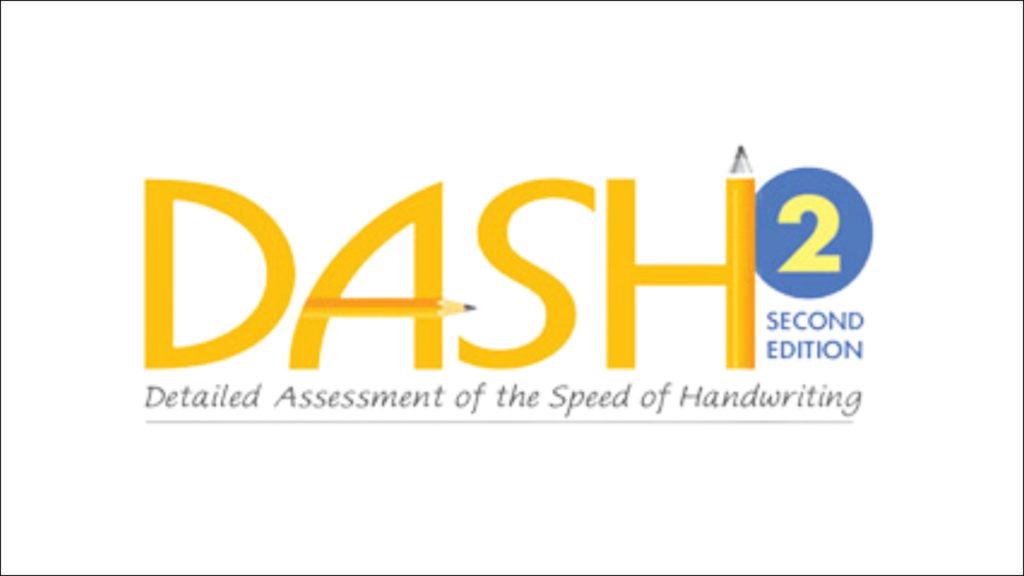
Handwriting remains an important skill for recording information, expressing one’s thoughts on paper and communicating ideas to others, despite the increasing use of technology in educational settings. Writing demands placed upon students increase as they progress from primary, through secondary, to further and higher education. Confident, legible, and fast handwriting can support success both within the educational system and in workplace settings that still require the ability to write legibly and fast.
The most important objective in acquiring the skill of handwriting is to be able to write legibly, however, in many situations, the speed of handwriting is also important.
Based on this realization, the authors of the DASH-2 (who are experts in motor control) wanted to provide a reliable measure of the speed of handwriting while at the same time accounting for legibility. Thus, when measuring the speed of production, only letters/words that are legible within the context of the writing are counted.
Uses of the DASH-2
The primary aim of the DASH-2 is to provide a reliable age-appropriate measure of handwriting speed and legibility. Data from the DASH-2 can be used to:
- identify individuals with handwriting difficulties
- determine eligibility for extra support
- provide a detailed description of handwriting performance
- contribute to diagnostic assessment (e.g. Dysgraphia)
- monitor progress and evaluate intervention effectiveness
- aid research
DASH-2 Tasks
The DASH-2 contains five handwriting tasks:
- Copy Best: Copying a sentence in ‘best’ handwriting for 2 minutes
- Alphabet Writing: Writing lower case letters in alphabetic order from memory continuously for 1 minute
- Copy Fast: Copying letters in words and words in sentences from a model sentence that contains all the letters of the alphabet quickly for 2 minutes. This is the same sentence used in Copy Best.
- Graphic Speed: Drawing X’s in circles for 1 minute
- Free Writing: Writing on the topic of My Life of Past/Present/Future for 10 minutes
Interpretation of Test Results: The 7Ss and 4Ps
Although the main focus is on speed and legibility, the authors encourage obtaining other useful information about an individual’s handwriting and written expression. They offer a format that is part of the Record Form for making Qualitative Observations during the testing.
The 7Ss are features of the examinee’s handwriting that can be observed in the finished product:
- Shape/letter formation
- Size
- Spacing
- Slant/slope
- Stringing together/joining
- Site/sitting on the line
- Shakiness
The 4Ps have been associated with poor handwriting outcomes.
- Posture
- Paper Position
- Pen/Pencil Grip
- Pressure
Types of Scores:
The DASH-2 yields different types of scores pertaining to the five DASH-2 tasks:
- Raw scores and scaled scores for each of the four core tasks
- A total Standard Score
- Percentile equivalents for the total standard score
The four types of supplementary scores provide:
- A scaled score for the Graphic Speed task
- a Copy Speed Difference score for the Copy Best/Copy Fast tasks
- The percentage of illegible words from Free Writing
- A WPM score for each section on the Free Writing task, to provide a profile of the whole Free Writing task
Summary:
This relatively new handwriting assessment fills a gap in our tools for the evaluation of handwriting speed and legibility for older students. Developed by the same authors of the Movement Assessment Battery for Children – Third Edition who are experienced in observing motor control and evaluation development, we can feel comfortable in getting reliable results from the DASH-2. It is being used in some exciting research projects at the University of Washington. We think it is an important component in our ability to identify handwriting difficulties with a standardized and reliable assessment.
Guest Blogger: Karen Conrad Weihrauch, ScD, OTR/L


